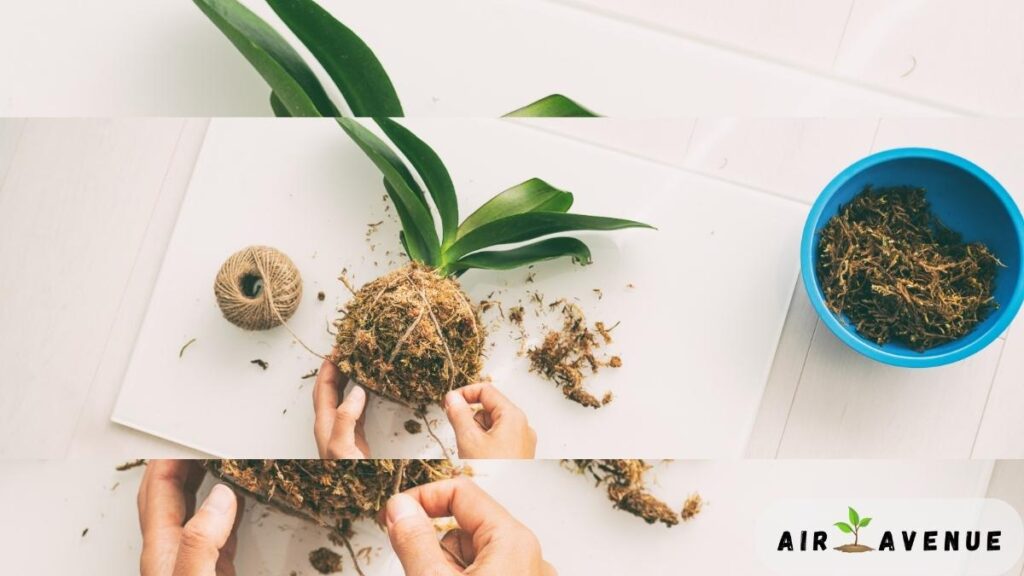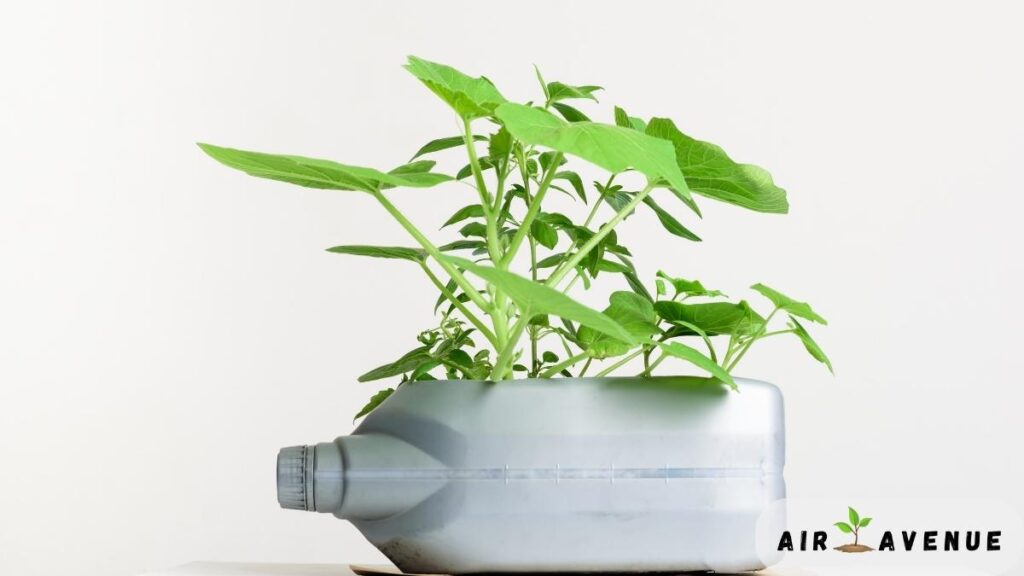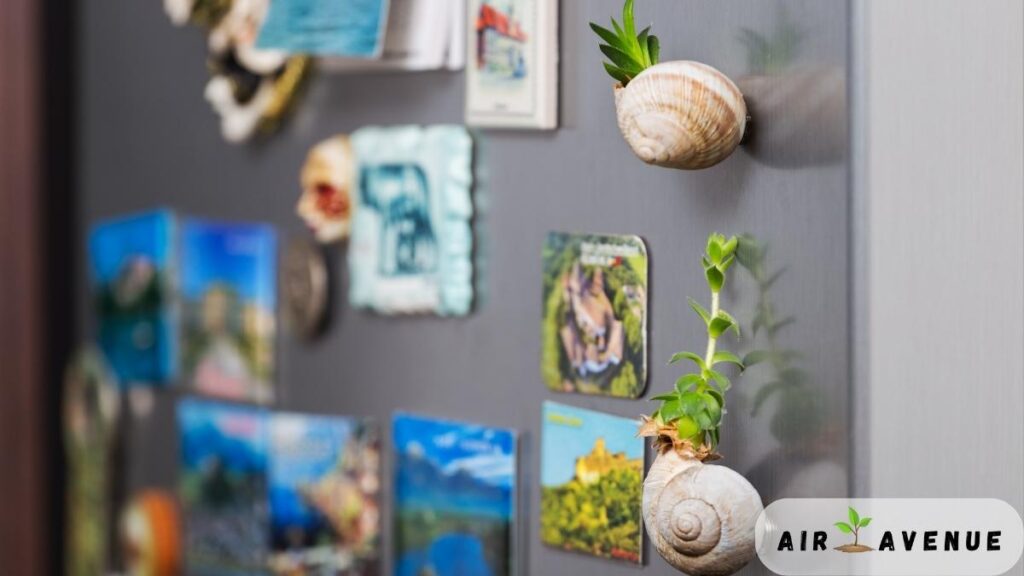1. Introduction
Air plants, with their unique forms and minimal care requirements, have become a popular choice for indoor gardening. But did you know that these versatile plants also offer a world of possibilities for DIY projects? Whether you're a seasoned DIY enthusiast or a beginner looking for a fun and easy project, air plants provide an excellent opportunity to unleash your creativity.
In this comprehensive guide, we will explore the fascinating world of air plant DIY projects. We'll start by gaining a deeper understanding of air plants, their unique characteristics, and why they're such a great choice for DIY projects. We'll then delve into the benefits of DIY air plant projects, from enhancing your home decor to improving your well-being.
But that's not all. We'll also share a variety of exciting DIY air plant project ideas, from creating your own air plant terrarium to designing stunning air plant wall art. Each project idea will come with step-by-step instructions, making it easy for you to follow along, regardless of your DIY experience level.
And because we want your DIY projects to thrive, we'll provide tips for successful DIY air plant projects and guide you on how to care for your creations. By the end of this guide, you'll be equipped with the knowledge and inspiration to start your own air plant DIY project.
So, are you ready to embark on this creative journey? Whether you're looking to add a touch of nature to your home, searching for a unique gift idea, or simply want to try something new and exciting, these air plant DIY projects are sure to captivate your interest. So, keep reading, let your imagination run wild, and let's create something beautiful together!

2. Understanding Air Plants
Air plants, scientifically known as Tillandsia, are a unique group of plants that have adapted to survive in a variety of environments, from the humid rainforests of South America to the arid deserts of Mexico. They belong to the Bromeliaceae family, which includes over 650 species, each with its own unique characteristics and care requirements.
Unlike most plants, air plants don't require soil to grow. Instead, they absorb water and nutrients through their leaves, allowing them to grow on a variety of surfaces such as tree branches, rocks, or even suspended in the air. This unique adaptation not only makes them incredibly versatile for design purposes, but also means they require different care compared to traditional potted plants.
Air plants come in a variety of shapes, sizes, and colors, from small, delicate species to large, dramatic specimens. Some produce vibrant flowers, while others impress with their lush, green foliage. This diversity makes them an excellent choice for DIY projects, as you can choose species that align with your design vision and personal aesthetic.
However, to successfully incorporate air plants into your DIY projects, it's important to understand their care requirements. Air plants need a certain amount of light, water, and air circulation to thrive. They also prefer certain temperatures and humidity levels. Understanding these needs will not only help you choose the right air plants for your projects but also ensure they stay healthy and beautiful for a long time.
In the following sections, we'll delve deeper into the world of air plant DIY projects. We'll explore various project ideas, provide tips for success, and guide you on how to care for your creations. But before we do that, let's take a moment to appreciate the benefits of engaging in DIY air plant projects.

3. Benefits of DIY Air Plant Projects
Engaging in DIY air plant projects offers a multitude of benefits that go beyond creating beautiful pieces of living art. Here are some reasons why you might want to embark on this creative journey:
- Enhancing Your Living Space
Air plant projects can add a touch of nature and aesthetic appeal to your home or office. They can be used to create eye-catching centerpieces, liven up a dull corner, or even serve as unique wall art. With their diverse shapes, sizes, and colors, air plants offer endless possibilities for enhancing your living space.
- Boosting Your Well-being
Numerous studies have shown that interacting with nature, even in small ways, can have a positive impact on our mental and physical health. DIY air plant projects not only bring nature closer but also provide a creative outlet that can help reduce stress, improve mood, and boost overall well-being.
- Learning and Growth
Working with air plants provides an opportunity to learn about these fascinating plants and their ecosystems. It's a chance to grow your gardening skills, learn about different air plant species, and understand their care requirements. This knowledge can be rewarding and empowering, sparking a lifelong passion for plants and nature.
- Creating Personalized Gifts
Air plant projects make for unique and personalized gifts. Whether it's a handcrafted air plant terrarium for a nature-loving friend or a custom air plant display for a family member's new home, these DIY creations can bring joy and show the recipient how much you care.
- Sustainability
Air plants are a sustainable choice for indoor gardening. They don't require soil, which means no messy potting mix or plastic pots. Plus, because they're adapted to a variety of environments, they're often more resilient and require less care than other houseplants.
As you can see, DIY air plant projects offer more than just a fun and creative activity. They can enhance your living space, boost your well-being, provide learning opportunities, and even contribute to sustainability. Now, let's dive into some exciting DIY air plant project ideas.

4. DIY Air Plant Project Ideas
- Air Plant Terrarium
Air plant terrariums are a popular DIY project. They're easy to create and can be customized to fit any style or decor. To make an air plant terrarium, you'll need a glass container, some decorative elements like pebbles or moss, and of course, your air plants. Arrange these elements in your container to create a mini indoor garden that's easy to maintain and beautiful to look at.
- Air Plant Wall Art
If you’re looking for a unique way to display your air plants, consider creating air plant wall art. This could be as simple as attaching air plants to a piece of driftwood or as complex as creating a living wall of air plants. Either way, air plant wall art is a stunning addition to any home and a fun DIY project to tackle.
- Air Plant Driftwood Display
Driftwood and air plants are a match made in heaven. The rustic look of the driftwood complements the exotic appeal of the air plants, creating a display that's both natural and striking. To create an air plant driftwood display, all you need is a piece of driftwood, some air plants, and a bit of craft wire or glue to secure the plants.
- Air Plant Wire Holder
For a modern, minimalist look, try creating an air plant wire holder. This project involves bending wire into a shape of your choice, then attaching the air plant. The result is a sleek, contemporary display that lets the beauty of the air plant take center stage.
These are just a few ideas to get you started. Remember, the best part about DIY air plant projects is that you can let your creativity run wild. There’s no right or wrong way to do it, and the possibilities are endless. So, grab your air plants and start creating!

5. Tips for Successful DIY Air Plant Projects
- Choose the Right Air Plants
Not all air plants are created equal. Some are more resilient and easier to care for than others, making them a better choice for DIY projects, especially if you're a beginner. Do some research to find out which species are best suited to your project and your care abilities.
- Consider the Environment
Air plants have specific light, temperature, and humidity requirements. When planning your project, consider where you'll be placing your creation and whether that environment is suitable for the air plants you've chosen.
- Use the Right Materials
The materials you use in your project can affect the health of your air plants. For example, copper is toxic to air plants, so avoid using copper wire in your projects. Similarly, make sure any glue you use is safe for plants.
- Don't Forget to Water
Even in a DIY project, air plants still need to be watered. Make sure your project allows for easy watering of your air plants, whether that's by misting, soaking, or dunking.
- Be Creative
The best part about DIY air plant projects is the opportunity to be creative. Don't be afraid to experiment with different designs, materials, and plants. The most important thing is that you enjoy the process and are proud of your creation.
With these tips in mind, you're well on your way to creating successful DIY air plant projects. Now, let's move on to how to care for your creations to ensure they stay healthy and beautiful.
6. Caring for Your Air Plant Projects
- Regular Watering
Even after they've been incorporated into your DIY projects, air plants still need regular watering. Depending on the species and the environment, this could mean misting them every few days or soaking them once a week. Be sure to let them dry out completely between waterings to prevent rot.
- Adequate Light
Air plants need bright, indirect light to thrive. If your project is indoors, place it near a window that gets plenty of natural light. If natural light is limited, a fluorescent or LED light can also work.
- Proper Air Circulation
Good air circulation is crucial for the health of air plants. It helps them dry out after watering and prevents disease. Make sure your project is in a location with good air flow, and avoid placing air plants in enclosed containers that can trap moisture.
- Regular Feeding
While air plants get most of their nutrients from the air, they can benefit from regular feeding. Use a fertilizer specifically designed for air plants, and follow the package instructions for application.
- Monitoring Health
Keep an eye on your air plants and monitor their health. If you notice any changes in color, texture, or overall appearance, it could be a sign of stress or disease. Early detection and intervention can save your plant and keep your project looking its best.
Caring for your air plant projects may require a bit of effort, but the reward of seeing your creations thrive is well worth it. Now, let's wrap up and look at how you can continue your journey with air plants.
7. Conclusion: Unleashing Your Creativity with Air Plants
Air plant DIY projects offer a unique opportunity to express your creativity while connecting with nature. Whether you're crafting a whimsical air plant terrarium, designing a piece of living wall art, or creating a rustic driftwood display, the possibilities are as limitless as your imagination.
But beyond the joy of creation, these projects also allow you to engage with the fascinating world of air plants. From understanding their unique growth habits and care requirements to witnessing their growth and transformation, every step of the journey offers a chance to learn and grow.
So, whether you're a seasoned DIY enthusiast or a beginner looking to dip your toes into the world of air plants, we hope this guide has inspired you to start your own air plant DIY project. Remember, the most important thing is to have fun and enjoy the process. Happy creating!
References
For further reading and to deepen your understanding of air plant care, consider these resources:
- "The Curious World of Tillandsias" by Zenaida Sengo
- "Air Plants: The Ultimate Guide" by Ryan Lesseig
- "Epiphytes: Adaptations to a Life in the Trees" by Mary E. Gerritsen
Remember, while this guide provides a comprehensive overview, it's always a good idea to consult with a local nursery or botanical garden for advice tailored to your specific conditions and plant varieties.